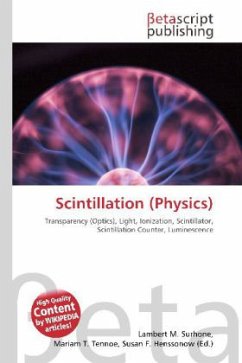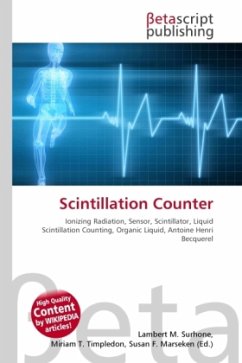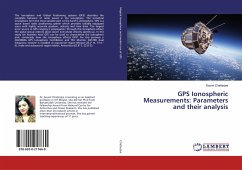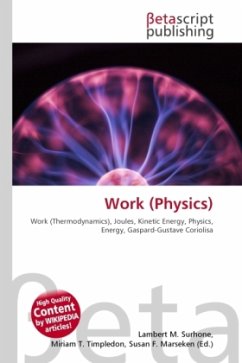Please note that the content of this book primarily consists of articles available from Wikipedia or other free sources online. Scintillation is a flash of light produced in a transparent material by an ionization event. See scintillator and scintillation counter for practical applications. The process of scintillation is one of luminescence whereby light of a characteristic spectrum is emitted following the absorption of radiation. The emitted radiation is usually less energetic than that absorbed. Scintillation is an inherent molecular property in conjugated and aromatic organic molecules and arises from the electronic structure of said molecules. Scintillation also occurs in many inorganic materials, including salts, gases, and liquids. In organic molecules scintillation is a product of -orbitals. Organic materials form molecular crystals where the molecules are loosely bound by Van der Waals forces. The ground state of 12C is 1s2 2s2 2p2. When carbon forms compounds, one of the 2s electrons is excited into the 2p state resulting in a configuration of 1s2 2s1 2p3.








